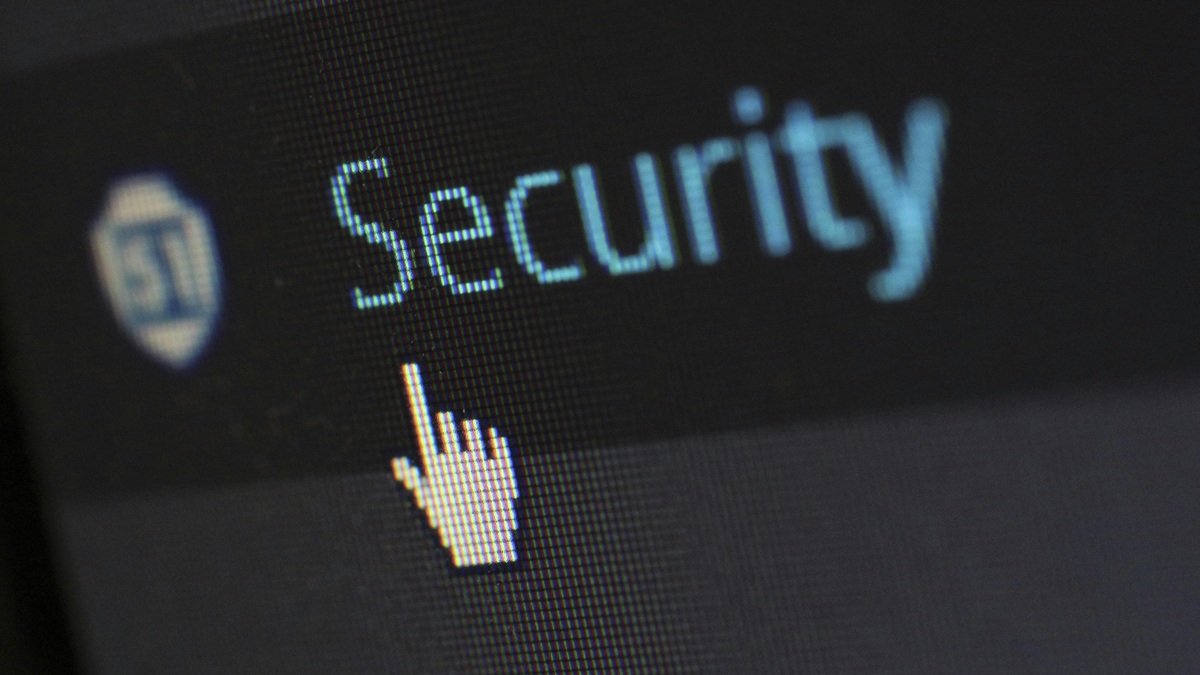Password Security: Protect Your Data in 2024!
Lock Down Your Life: World Password Day Survival Guide
Is Your Digital Castle Secure? An Introduction to Password Protection
World Password Day is here, and honestly, if you're still rocking the same password you used back in 2005, it's time for a serious digital security makeover! We pour our lives online these days - banking, social media, even our grocery lists. It's like building a magnificent digital castle, but leaving the front door wide open. Hackers and scammers are constantly trying to pick that lock, so let's make sure your data is safe and sound.
The Anatomy of a Super Strong Password
What exactly *makes* a password strong enough to withstand a digital siege? Think of it like this: your password is the key to your digital kingdom. A flimsy key gets you nowhere. The Federal Trade Commission (FTC), our digital knight in shining armor, recommends hard-to-guess passwords and enabling two-factor authentication whenever humanly possible. Let’s dive into the specifics.
Length Matters: Size Does Count (in Characters, at Least)
“If you create your own password, make it long. Aim for at least 15 characters. Use a combination of uppercase and lowercase letters, numbers, and symbols,” the FTC advises. Think of it as building a taller, thicker wall around your digital castle. The longer and more complex the password, the harder it is for hackers to crack.
Embrace the Chaos: Why Complexity is Key
Don't just string together random letters and numbers. That's like using a single type of brick to build your wall - easy to break down. Instead, mix things up! Uppercase letters, lowercase letters, numbers, symbols – the more variety, the better. Think of it as adding reinforced steel to your brick wall.
Passphrases: The Unexpected Power of Random Words
Passphrases, which are a string of unrelated words separated by spaces, are also a good option, the FTC says. It’s like creating a password riddle! “Blue elephant sings loudly purple” is much harder to crack than “password123”. The key here is *unrelated* words. Avoid predictable phrases or quotes.
Goodbye "Password," Hello Password Manager!
Let's face it: remembering a dozen 15-character, complex passwords is near impossible. That's where password managers swoop in to save the day. Think of them as your trusty digital butler, securely storing all your keys in one place.
Why You Need a Password Manager
Password managers offer several key advantages:
- They generate strong, unique passwords for each of your accounts. No more reusing that old faithful password!
- They securely store all your passwords. No more sticky notes or easily-hacked spreadsheets.
- They auto-fill your passwords when you visit a website or app. Convenience is king (or queen!).
Choosing the Right Password Manager
Several reputable password managers are available, including:
- LastPass
- 1Password
- Dashlane
- Bitwarden
Do your research and choose one that fits your needs and budget.
Two-Factor Authentication: The Ultimate Security Upgrade
Two-factor authentication (2FA) is like adding a second lock to your door. Even if a hacker manages to guess your password, they'll still need that second factor – typically a code sent to your phone or email – to access your account. Enable 2FA wherever possible!
How 2FA Works
When you log in with 2FA enabled, you'll enter your password as usual. Then, you'll be prompted to enter a unique code generated by an authenticator app or sent to you via SMS. This adds an extra layer of security that makes it much harder for hackers to break in.
Authenticator Apps vs. SMS Codes
Authenticator apps like Google Authenticator, Authy, and Microsoft Authenticator are generally considered more secure than SMS codes. SMS codes can be intercepted, while authenticator apps generate codes offline, making them less vulnerable to attack.
Spotting Phishing Attacks: Don't Take the Bait!
Phishing attacks are sneaky attempts to trick you into giving up your personal information. They often come in the form of emails or text messages that look legitimate but are actually designed to steal your passwords and other sensitive data. Think of it as a digital wolf in sheep's clothing.
Red Flags to Watch Out For
- Suspicious sender addresses: Does the email come from a legitimate company domain?
- Urgent requests for information: Are you being pressured to act immediately?
- Typos and grammatical errors: Legitimate companies usually have professional copywriters.
- Links that don't match the displayed text: Hover over the link to see where it actually leads.
What To Do If You Suspect a Phishing Attack
Don't click on any links or attachments. Report the email to your email provider and delete it immediately.
Regular Password Audits: Time for a Digital Check-Up
Just like you get a regular physical check-up, you should also conduct regular password audits. This involves reviewing your passwords, identifying any weak or reused passwords, and updating them accordingly. It's like spring cleaning for your digital life!
Stay Informed: Keeping Up with the Latest Threats
The world of cybersecurity is constantly evolving, so it's important to stay informed about the latest threats and best practices. Follow cybersecurity blogs, news outlets, and social media accounts to stay up-to-date.
The Worst-Case Scenario: What to Do If You've Been Hacked
Despite your best efforts, you might still fall victim to a hacking attempt. If you suspect your account has been compromised, take these steps immediately:
- Change your password immediately. Use a strong, unique password.
- Enable two-factor authentication. If you haven't already, now's the time!
- Review your account activity for any suspicious transactions or changes.
- Contact the service provider to report the breach.
- Monitor your credit report for any signs of identity theft.
World Password Day: Make a Change Today
World Password Day isn't just another date on the calendar. It's a reminder that protecting your digital life is an ongoing process. Take some time today to review your passwords, enable two-factor authentication, and educate yourself about the latest security threats. Your digital castle will thank you for it!
Frequently Asked Questions (FAQs)
- Q: How often should I change my passwords?
- A: While the need for frequent password changes is debated, it's a good idea to change your passwords every 3-6 months, especially for sensitive accounts like banking or email. If you suspect a breach, change them immediately.
- Q: Is it safe to use the same password manager across all my devices?
- A: Reputable password managers use strong encryption to protect your data across all your devices. Make sure you choose a well-known and trusted password manager.
- Q: What should I do if I forget my password manager master password?
- A: Most password managers offer recovery options, such as security questions or recovery keys. Make sure you set up these options when you create your account. If you lose your master password and recovery options, you may lose access to all your stored passwords.
- Q: Are password generators safe to use?
- A: Password generators that are built into reputable password managers are generally safe to use. Avoid using third-party password generators that you don't trust, as they could potentially log your generated passwords.
- Q: How can I tell if my password has been compromised in a data breach?
- A: Use a website like Have I Been Pwned (haveibeenpwned.com) to check if your email address or password has been exposed in a data breach. If it has, change your password immediately on any accounts where you use that password.

